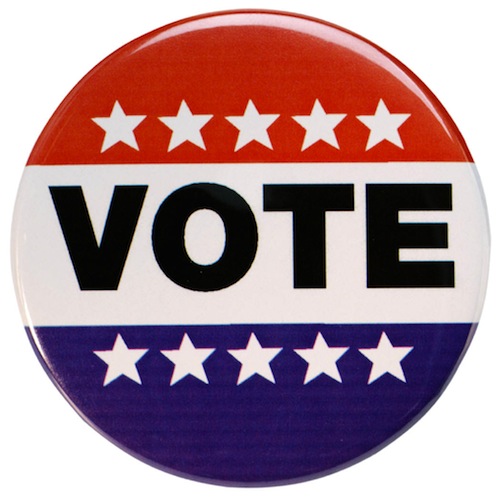Yesterday we looked at the voting history of the people who participated in the 2015 election. Today we’re going to take a look at how those numbers broke down by Council district.
Dist All 3 None Rest Total
====================================
A 4,686 7,238 8,173 20,097
B 4,873 8,829 8,738 22,440
C 11,471 17,129 18,588 47,188
D 6,988 10,196 11,204 28,388
E 5,906 14,302 13,392 33,600
F 2,348 5,456 4,942 12,746
G 9,703 13,523 17,630 40,856
H 3,035 7,452 6,958 17,445
I 2,897 5,939 5,856 14,692
J 2,001 3,437 3,305 8,743
K 5,730 8,101 8,846 22,677
Total 59,639 101,603 107,630 268,872
Just a reminder, “All 3” refers to voters who had also participated in the 2013, 2011, and 2009 elections; “None” refers to voters who voted in none of those three elections; “Rest” refers to the people who voted in one or two of those elections, but not all three. The first thing to notice is something I hadn’t noticed till I started working on this post, which is that for all the talk about “new” voters, there were a lot of “sometimes” voters in this election. Perhaps one of our oft-quoted poli sci professors could put a grad student or two on the question of why people vote in some city elections but not others. Obviously, some people are new to town or are newly eligible to vote, but what about the others? Why skip one election but vote in another? I don’t understand it. I wish someone would make the effort to try.
The other number that jumps out at you is the number of “None” voters in District E. It’s fair to assume a significant number of these were anti-HERO voters. Notice that E wasn’t the only district that saw the number of new voters be more than double the number of old reliables – F, H, and I also fit that bill. Why might that be? Could be any number of reasons – HERO, a disproportionate number of new and/or newly-eligible residents, the fact that there weren’t that many old reliables to begin with, some other reason. Of course, even the district that had a lot of old reliables, like C and D and G, saw a lot of newbies show up as well. What can you say? There were a lot of new voters. Even in this high-for-Houston-elections-turnout environment, there are still a lot of other people who vote in other years.
Another way of looking at this: The share in each district of each kind of voter:
Dist All 3 None Rest Total
====================================
A 7.86% 7.12% 7.59% 7.47%
B 8.17% 8.69% 8.12% 8.35%
C 19.23% 16.86% 17.27% 17.55%
D 11.72% 10.04% 10.41% 10.56%
E 9.90% 14.08% 12.44% 12.50%
F 3.94% 5.37% 4.59% 4.74%
G 16.27% 13.31% 16.38% 15.20%
H 5.09% 7.33% 6.46% 6.49%
I 4.86% 5.84% 5.44% 5.46%
J 3.36% 3.38% 3.07% 3.25%
K 9.61% 7.97% 8.22% 8.43%
Again, you can see the differential in E. No matter how you slice it, District C is the leader, but who comes in second and third and by how much C leads the way varies. Again, I have no broad conclusions to draw, I just think this is interesting. What do you think?
Tomorrow we’ll have a look at how old the voters were this year. Let me know if you have any questions.

